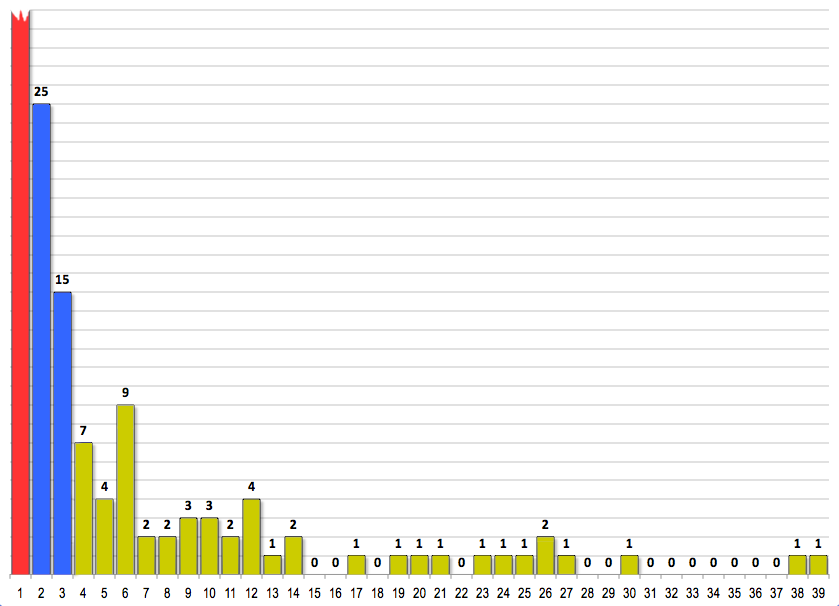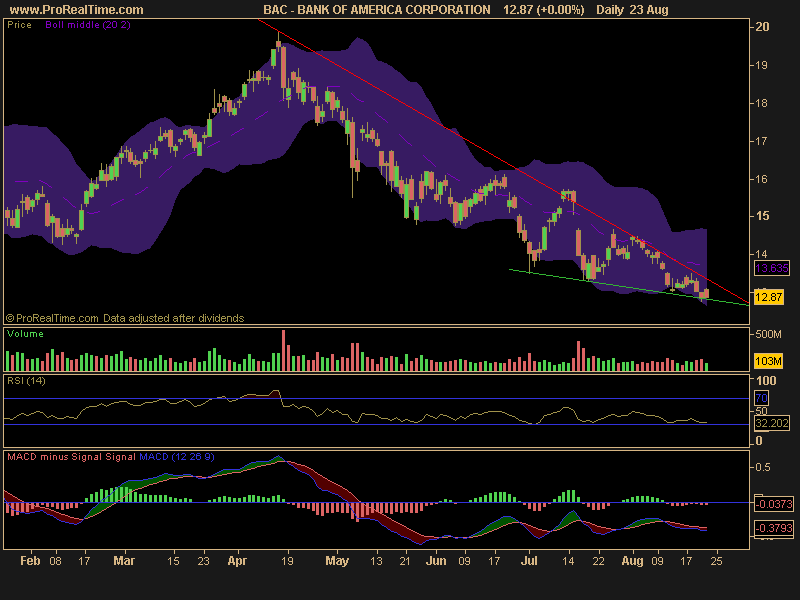5 Things Prospect Capital Corporation Management Wants You to Know (PSEC WFC)
Post on: 14 Июнь, 2015 No Comment

Prospect Capital Corporation ‘s ( NASDAQ: PSEC ) second-quarter conference call was as good as it gets. Analysts asked pointed questions about the company’s spin-off plans, fee levels, and the performance of its key businesses.
I made sure to tune in. Here are the five things every Prospect Capital shareholder should know about.
1. Management thinks fees are fair
Prospect Capital is the poster child of high-fee funds. It charges the highest management and performance fees in its industry, but recent performance has been abysmal. Wells Fargo ( NYSE: WFC ) analyst Jonathan Bock, who has seemingly carved out a niche of being the one analyst who asks questions that matter, posed a rather direct one about the dynamic between earnings for shareholders and earnings for the company’s managers.
The question could be simplified as follows: Book value has eroded, dividends are down, and yet the external manager is receiving more in the way of fee income from shareholders year over year. Is this fair?
There was a lot of back and forth, which effectively ended when Prospect COO Grier Eliasek stated the following:
Our incentive fees are not increasing real-time, OK. First of all, the dividends that when it — a dollar that’s retained in the business, it’s somehow destroyed; that’s not correct. That PSEC’s NAV performance is worse than peers; that’s false. It’s been better than peers, when you look at the last quarter. Brian has shown me how the incentive fees went down year-over-year in the last quarter. So you made three statements there Jon, which are just wrong, and we have to correct on the record for everybody to hear.
Who’s right, and who’s wrong? It depends on which time period is being discussed and which fees are included. Bock originally pointed to a year-over-year comparison. On an absolute basis, management fees as a whole were up 18% from the same quarter last year.
They are also up on a relative basis. Management fees grew to 28.6% of total investment income (essentially a measure of revenue) compared to 27% during the year-ago period. On any timeline longer than a single quarter, it becomes clear Prospect Capital’s growing size has benefited management the most, not shareholders. The cost advantages of scale for BDCs start to top out at about $1.5 billion in assets.
This isn’t a moot point. A dollar that goes to management is a dollar that doesn’t get paid out as a dividend. For every $1 shareholders collectively earned this quarter, management collected $0.62 in fees. Prospect Capital could have avoided a dividend cut if its above-average fees were reduced, but that seems unlikely.
2. Are the CLOs worth their marks?
Prospect Capital sold four collateralized loan obligations for double-digit percentage losses last quarter, despite carrying three at a premium to their cost in the prior quarter. Naturally, if some of its CLOs carried at a premium to their cost are sold at a discount, investors start to wonder if the CLOs were appropriately valued in the first place.
When asked about whether the CLO book could be sold at its Dec. 31, 2014, valuation, Eliasek said, [W]ell we would want to liquidate our book at that mark, but we feel very good about the values that third party process that looks at exactly that question.
Wells Fargo sees CLOs trading at 6%-8% discounts across the spectrum. Prospect Capital feels as though its CLOs are different than the average ones and that their premiums are justified, given that Prospect has a majority stake in most of its CLOs.
I think prudent investors should assume that Prospect’s CLOs are worth perhaps 10% less than they are marked on its balance sheet. Ascribing a higher valuation to an asset because you own a majority of it seems aggressive, in my view.
This is something for investors to watch more carefully.
3. Energy exposure in its CLOs sits at 3.9%
Prospect Capital categorizes its CLOs simply in its financial filings, without breaking out industry-level exposures inside each CLO. With all that we’ve heard about the poor performance of oil loans, many want to know where Prospect Capital’s true exposure lies. Eliasek noted that 3.9% of the underlying loans in its CLOs were energy-related.
. [O]ur CLO book has an energy exposure of 3.9% and I’m told by our CLO team that compares the overall loan market at 4.7%. So, we think we’re not only underweight energy in our overall piece of that book relative to other BDCs, we are way underweight relative to the high-yield market, which I think it approaches 20%. And we’re also underweight in CLOs.
Good to know. (High-yield market, in this context, means the junk bond market, which is heavily exposed to energy, but is not particularly relevant for BDCs.)

4. Spin-offs may be partial
If and when Prospect Capital spins off its pure-play businesses, shareholders will own pieces of these businesses in varying-sized chunks. Eliasek pointed out that perhaps only a partial amount of the CLOs would be spun off, while the entirety of Prospect’s REITs and peer-to-peer loans would likely be divested in the spin-off:
The reason we say, partial spin, take our CLO book, for example, that’s $1.2 billion of assets. We will be pretty unlikely to spin that entire book in mass all at once and any partial kind of pro-rata slice across those 30-plus deals is much more likely.
In the case of real estate where we have a couple of pure play REITs that have about $200 million, give or take, of our invested capital that becomes more likely a complete potential transfer and the same thing with the online business that has about $250 million of assets give or take in that.
5. Taking profits
We’re nearing a time in which the middle market is probably closer to the top of the cycle than the bottom. It makes sense for BDCs, and all equity investors, really, to start thinking about taking profits when it can be advantageous. At several points on the call, Prospect Capital discussed harvesting gains in its portfolio.
Eliasek said that these would be large transactions: When John [Barry] and I talked about potential harvesting here in 2015, we’re thinking about the positions that are larger and we hope would be more significant in the gain and move the needle category.
I’m left to conclude that card processor Harbortouch and consumer lender First Tower are probably on the short list of companies Prospect could consider selling. Combined they make up 18% of net assets, and they were written up significantly this quarter.
Big movements in marks, up or down, has historically been a sign that Prospect Capital is shopping companies around. Cashing in on either Harbortouch or First Tower would free up more than $300 million in capital which could then be redeployed into new investments.
Bank of America + Apple? This device makes it possible.
Apple recently recruited a secret-development dream team to guarantee its newest smart device was kept hidden from the public for as long as possible. But the secret is out. and some early viewers are claiming it’s destined to change everything from banking to health care. In fact, ABI Research predicts 485 million of this type of device will be sold per year. But one small company makes Apple’s gadget possible. And its stock price has nearly unlimited room to run for early in-the-know investors. To be one of them, and see Apple’s newest smart gizmo, just click here !














